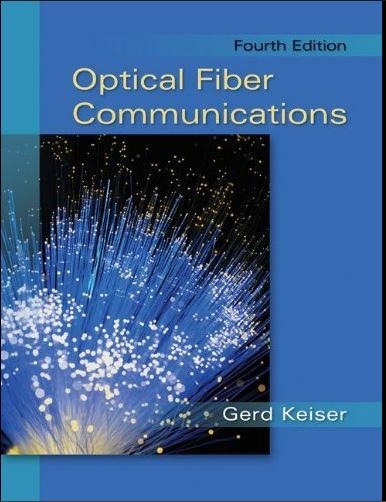
Optical Fiber Communications 4th Edition by Gerd Keiser
Edition 4ISBN: 978-0073380711
Optical Fiber Communications 4th Edition by Gerd Keiser
Edition 4ISBN: 978-0073380711 Exercise 3
Consider the network consisting of three interconnected rings, shown in Fig. 13.60. Here, the circles represent nodes that contain optical switches and wavelength converters. These nodes can receive two wavelengths from any direction and can transmit them out over any line. The squares are access stations that have tunable optical transmitters and receivers (both wavelengths can be transmitted and received at any access station). Suppose the network has two wavelengths available to set up the following paths:
( a ) A-1-2-5-6-F
( b ) B-2-3-C
( c ) B-2-5-8-H
( d ) G-7-8-5-6-F
( e ) A-1-4-7-G
Assign the two wavelengths to these paths and show at which nodes wavelength conversion is needed.
( a ) A-1-2-5-6-F
( b ) B-2-3-C
( c ) B-2-5-8-H
( d ) G-7-8-5-6-F
( e ) A-1-4-7-G
Assign the two wavelengths to these paths and show at which nodes wavelength conversion is needed.
Explanation
The following is one possible solution:
...
Optical Fiber Communications 4th Edition by Gerd Keiser
Why don’t you like this exercise?
Other Minimum 8 character and maximum 255 character
Character 255


